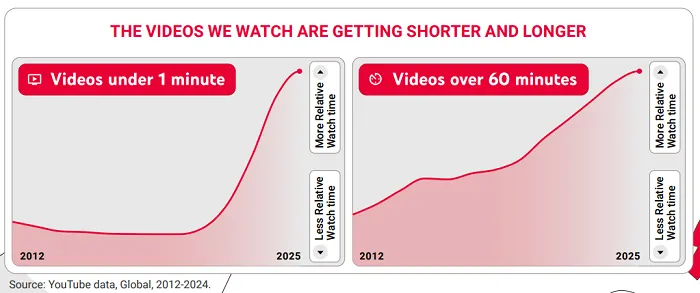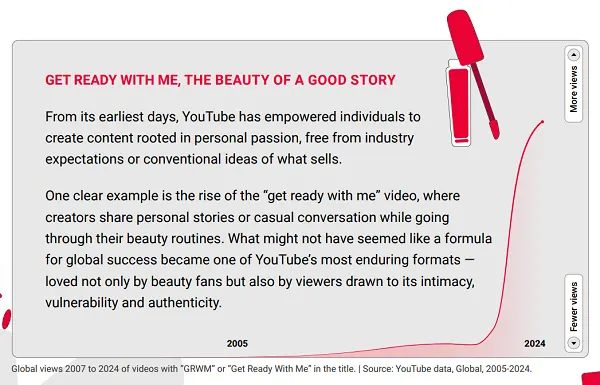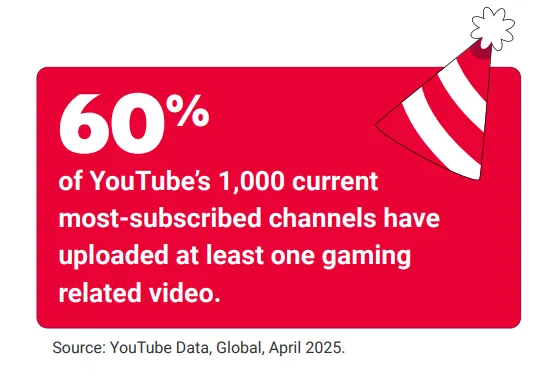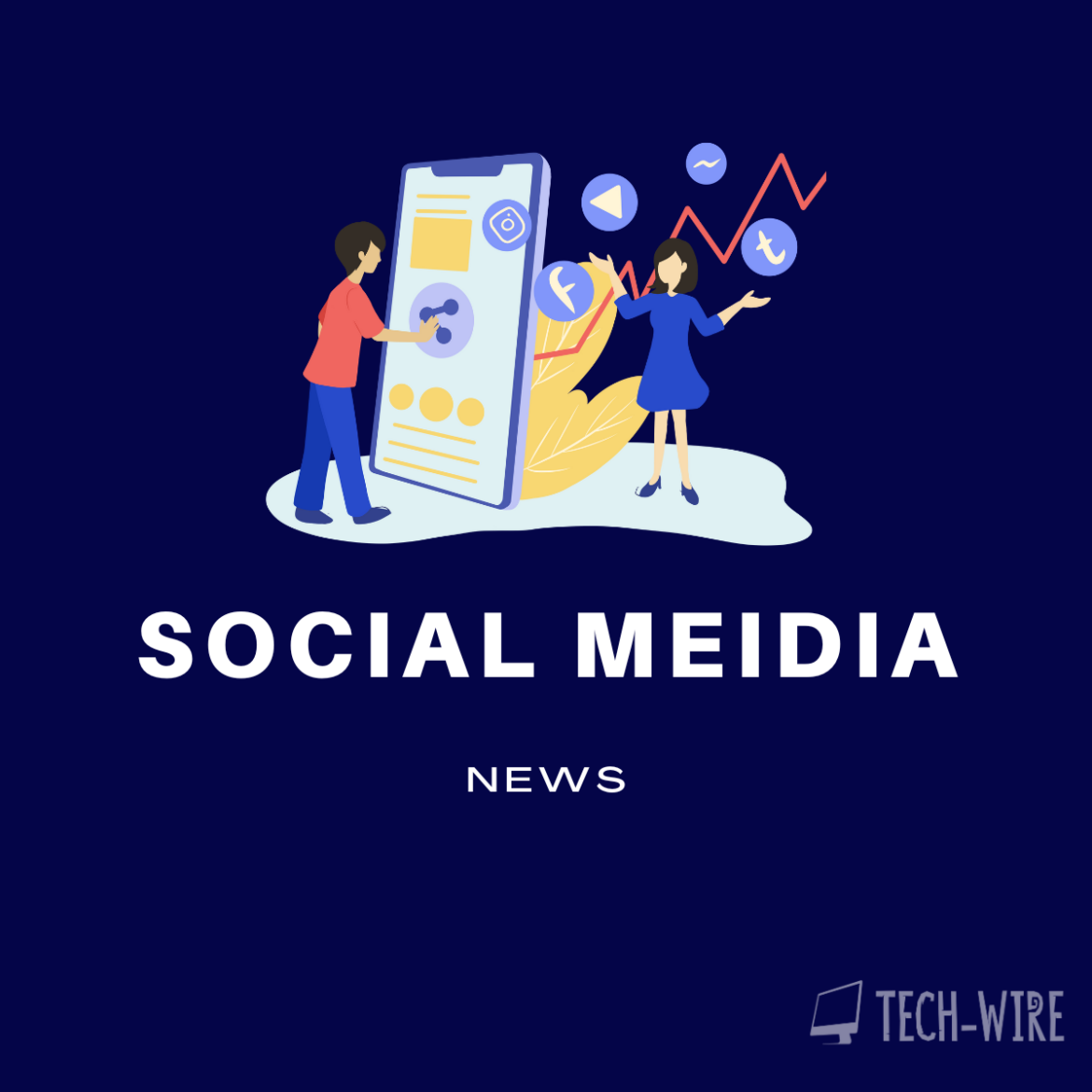YouTube Announces Expanded Access to Gen-AI Creative Tools, New Usage Insights
YouTube has announced that it’s expanding access to Google’s VEO generative AI tools in the app later this year, which will enable more people to use AI to create YouTube Shorts clips, while it’s also shared a range of new usage insights as part of its presentation at the Cannes Lions Festival this week.
Celebrating 20 years of existence, YouTube CEO Neal Mohan highlighted a range of new insights at the event, with updated data on usage trends, along with a new report that looks at YouTube’s content evolution over time.
The big announcement, however, is expanded access to Google’s Veo text-to-video tools for Shorts generation.
As per Mohan:
“I’m proud to share that Veo 3 will be coming to YouTube Shorts later this summer. I believe these tools will open new creative lanes for everyone to explore.”
You’ve likely already seen a range of Veo-powered examples across various social apps, with many creators generating short snippets based on their own prompts.
YouTube launched Veo 2 access for selected Shorts creators back in February, but it’s now updating this with the latest Veo model, and giving more people access.
Which will mean more AI-generated content.
Is that a good thing? I mean, the Veo 3 generated content certainly looks good, but it’s also highlighted that, despite having access to such tools, creativity is still the key. It doesn’t matter if you can make a sci-fi scene if you can’t come up with a good story or joke, and it does seem like we’re going to have to sit through a few million examples of AI-generated junk before we start to realise this.
But it’s already happening, and the expansion of such tools will provide more opportunities for many creative users who may not have got that exposure otherwise.
Just anticipate that there’ll be a lot, a lot of rubbish as well.
In addition to the Veo expansion, Mohan also shared some updated usage data, including:
- YouTube Shorts are now being viewed over 200 billion times per day on average, up from the 70 billion daily views that YouTube reported in March last year.
- Viewers now watch over a billion hours of YouTube content on their TVs every day, with over half of YouTube’s top 100 channels now generating the majority of their views via Connected TV (CTV), underlining the platform’s takeover of traditional TV.
- YouTube facilitates a billion podcast viewers every month.
- YouTube’s AI-powered auto-dubbing tool has been used on more than 20 million videos thus far.
In addition, YouTube also recently published its latest “Culture and Trends” report, which provides some additional insight into key YouTube usage shifts.
The report shows that short-form videos as seeing a lot more views over time (no surprise), while videos over 60 minutes long in the app are also seeing a big rise in viewing.

The latter note likely aligns with the rise of CTV viewing, with more people now seeking out movie-length films and documentaries in the app, as well as podcasts, which have proven surprisingly popular on CTV.
The report also looks at the emergence of creators in the app, and how YouTube is facilitating opportunity across the world:

There’s also charts reflecting the popularity of key video trends:

And notes on the key role that gaming plays in the rise of online content:

These are all important trends to note for creators, and more marketers looking to tap into the YouTube ecosystem. Understanding how YouTube is evolving, and what users are coming to app for, is key to maximizing your content strategy in the app.
Some valuable data points, which could help to guide your thinking.
You can download YouTube’s full 20th birthday “Culture and Trends” report here.
Originally published at Social Media Today





